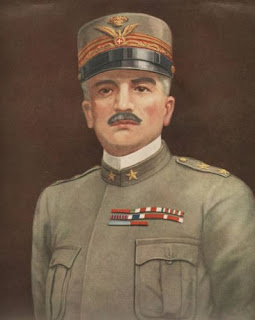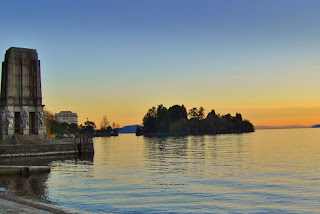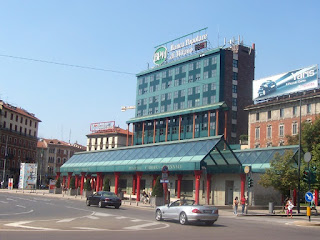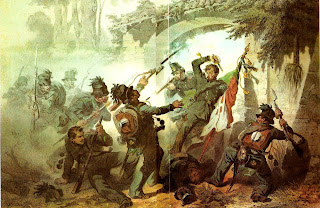General who became prime minister of Italy
 |
| Alfonso Ferrero La Marmora was an important figure in Italy's Risorgimento movement |
Alfonso Ferrero La Marmora, a general and statesman who
became the sixth prime minister of Italy, was born on this day in 1804 in Turin.
A graduate of the Turin Military Academy, La Marmora went on
to play an important part in the Risorgimento, the movement to create a united
Italy.
One of his older brothers was Alessandro Ferrero La Marmora,
who founded the Italian army’s famous Bersaglieri corps, which entered
French-occupied Rome in 1870 through a breach in the wall at Porta Pia and completed
the unification of Italy.
Alfonso La Marmora went into the army in 1823 and first
distinguished himself in the Italian wars of independence against Austria.
In 1848, La Marmora rescued the Sardinian king, Charles
Albert, from Milanese revolutionaries who had resented the king’s armistice
with the Austrians. Afterwards he was promoted to general and briefly served as
minister of war.
La Marmora suppressed an insurrection at Genoa in 1849 and
commanded the Sardinian forces in the Crimean War in 1855.
 |
| A meeting between La Marmora (right) and Garibaldi, as depicted by an Italian magazine |
Later, while serving as minister of war again, he
reorganised the Italian army.
He then served as premier of Piedmont, governor of Milan and
as the king’s lieutenant in Naples.
He became the sixth prime minister of the new united Italy
in 1864, succeeding Marco Minghetti, and concluded the country’s alliance with
Prussia against Austria.
But La Marmora was held responsible for the overwhelming
defeat of the Italians by the Austrians at Custoza in 1866 and was accused of
hesitant conduct during the battle, despite the superior numbers of the Italian
troops.
Scenes from the Italian side of the Battle of Custoza were
recreated in the 1954 Luchino Visconti film, Senso.
La Marmora retired shortly afterwards but was appointed the king’s lieutenant in Rome after it was annexed to the Kingdom of Italy in 1870.
One of the books he wrote in retirement was entitled Un po’
di luce sugli eventi politici e militari dell’anno 1866 (A little light on
the political and military events of the year 1866), which aimed to justify his
actions at Custoza.
Alfonso La Marmora died in 1878 in Florence.
 |
| The equestrian statue of La Marmora in Turin's Piazza Bodoni |
Travel tip:
In Turin, the Via Alfonso Lamarmora, an elegant residential
street, commemorates the military general and sixth prime minister of Italy who
was born in the city. The street links Corso Stati Uniti with Via Sebastiano
Caboto, bisecting the busy Corso Luigi Einaudi. There is an equestrian statue of Alfonso La Marmora in Via Giambattista Bodoni, not far from Turin's main railway station
Travel tip:
Custoza, where the Italians under Alfonso La Marmora were
defeated in battle in 1866, is in the province of Verona in the Veneto, close
to Lake Garda . The town is also famous for producing the prestigious wine,
Bianco di Custoza, sometimes referred to as the white equivalent of the red
wine Bardolino, which is produced nearby.












